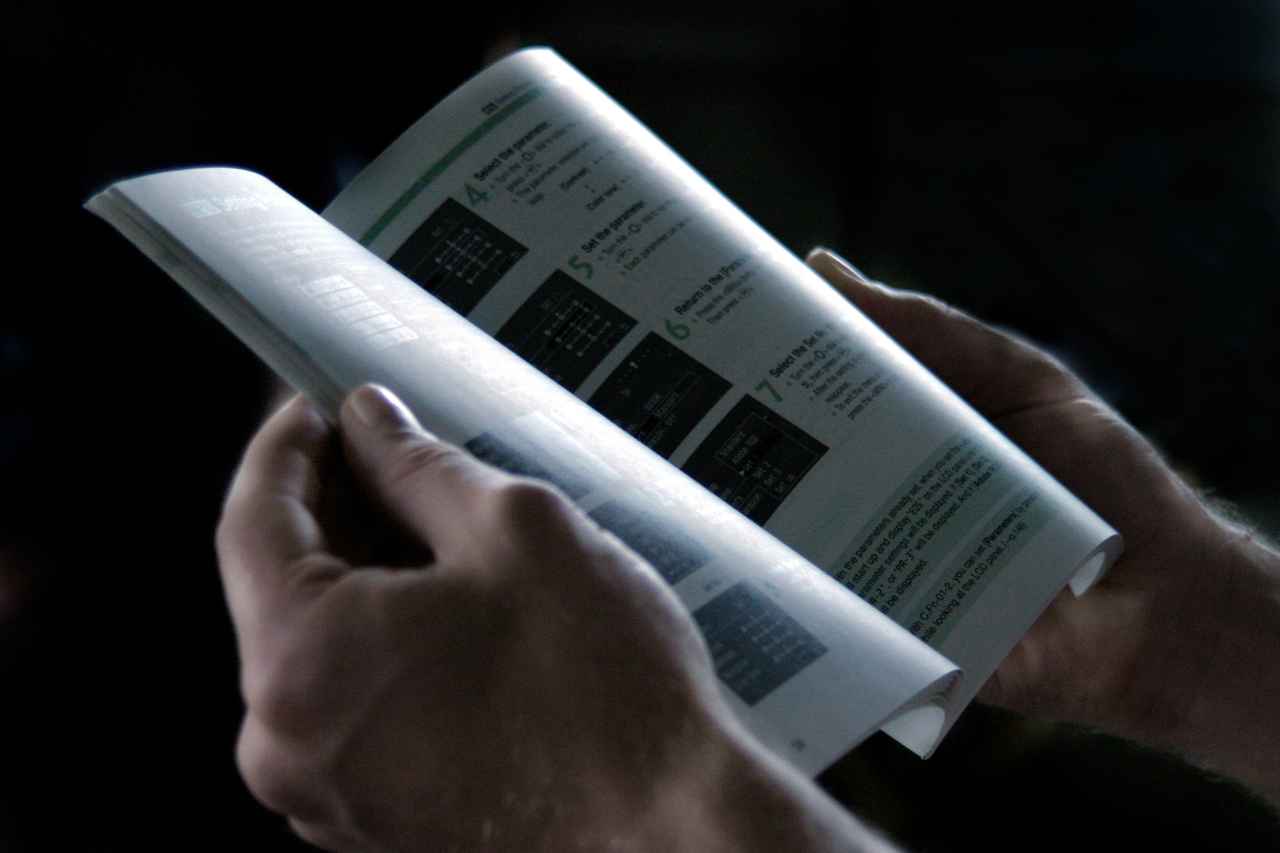You may not believe how profoundly printed materials have transformed education over the centuries. From the earliest days of the printing press churning out textbooks and scientific journals to colorful children’s books flying off printing shops today, the use of print media in education has always been crucial in spreading knowledge far and wide.
While the digital age has brought exciting innovations, print media have shaped education in ways that will endure for generations. Thanks to the pioneering work of publishers, education has become available to all, not just the wealthy elite. Books have opened up a whole new world of learning and adventure. So, the next time you pick up a book or magazine, appreciate its legacy.
What effect did printing have on education?
Imagine a world without printing. All volumes would have to be handwritten and manually copied, making them extremely rare and expensive.
The rise of the printing press was a game-changer in the 15th century. It made books available to the masses, with schools popping up everywhere to teach children and adults and unlock the wisdom contained within thick volumes.
Considering the previously locked-in perspective, what is print media in education? It has played an instrumental role in diffusing information and has made facts and insights accessible to people worldwide. The printing revolution gave rise to new opportunities for self-education, so people were no longer limited by what they were taught in school. We can all now follow our passions and interests while receiving education as we please.
Types of print media in education
Books have been a staple of education for centuries by shaping the minds of students around the globe. Along with access to resources and literacy development, there are more practical purposes for using print media in education achieved by other media types:
- Workbooks and worksheets encourage active learning and are an engaging way for students to apply what they’ve learned.
- Newspapers expose learners to real-world topics. Teachers often use them as a springboard for discussions and assignments.
- Magazines provide a glimpse into current events and cultural trends. Tailored to specific hobbies, professions, and age groups, magazines allow readers to dive deep into topics that interest them.
- Educational posters, flyers, and pamphlets are vibrant visuals and handy references. They make complex ideas easy to understand at a glance.
Although technology is changing how we consume and share information, the importance of print media in education goes beyond any web-based or digital file. Hard copies have stood the test of time and remain essential educational tools.
Advantages and disadvantages of print media in education
Providing students with physical learning materials leads to an engaging experience that benefits learners of all ages with:
- Tangibility. There’s something historically captivating about holding a physical book that can’t be replicated digitally. You can flip through pages, write notes in margins, highlight important passages, and engage with the material.
- Less distraction. When learning something digitally, you often get sidetracked by pop-up messages and notifications. With textbooks, however, you can focus on the content in front of you.
- Eye comfort. Staring at screens may cause digital eye strain and fatigue, whereas printed text is easier on your eyes and ensures longer comfort when studying.
While they have refashioned schooling and upskilling in many ways, printed materials in education do have some downsides. Their production and distribution require paper, ink, and fuel, which can negatively impact the environment. That’s why many schools are shifting to work and print with a company like Print It ZA in South Africa, and with there help, have now moved to ‘greener’ options like recycled paper.
In an age of rapid technological change, some things are constant. The feel of crisp paper in your hands and the ability to interact with printed materials – these sensory experiences can’t be replaced digitally.








